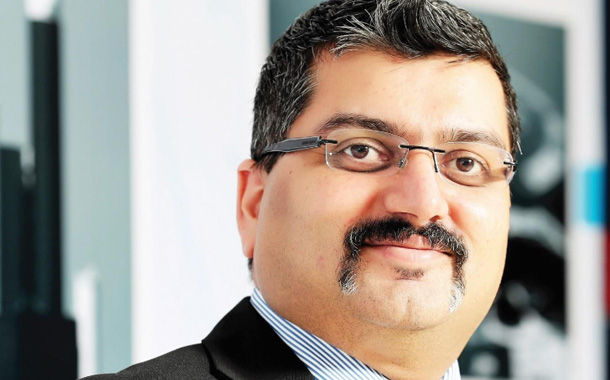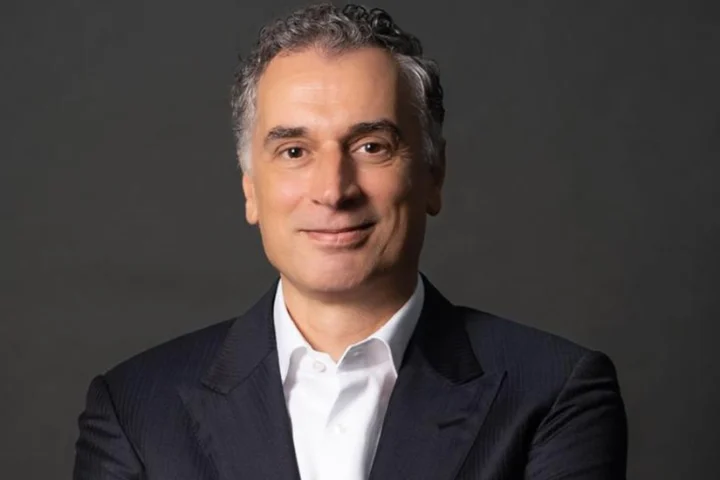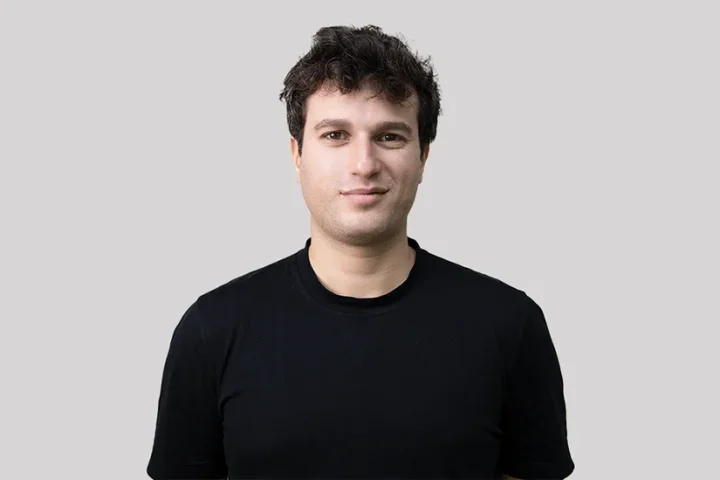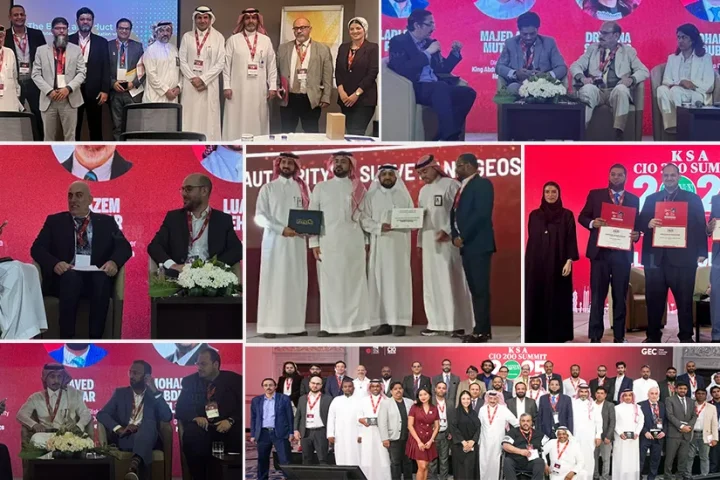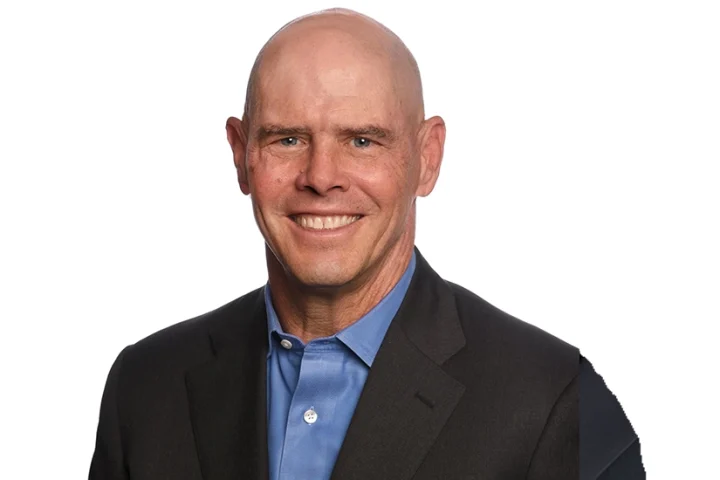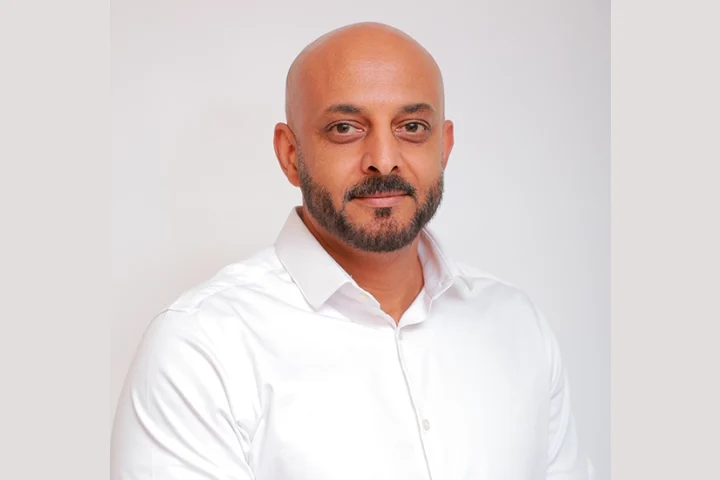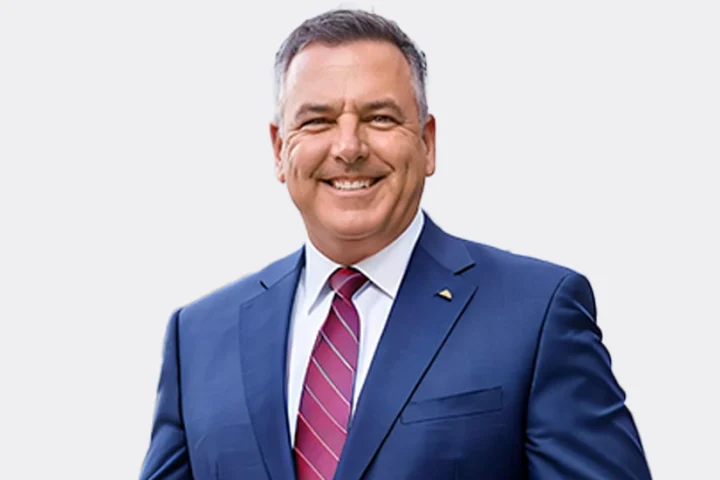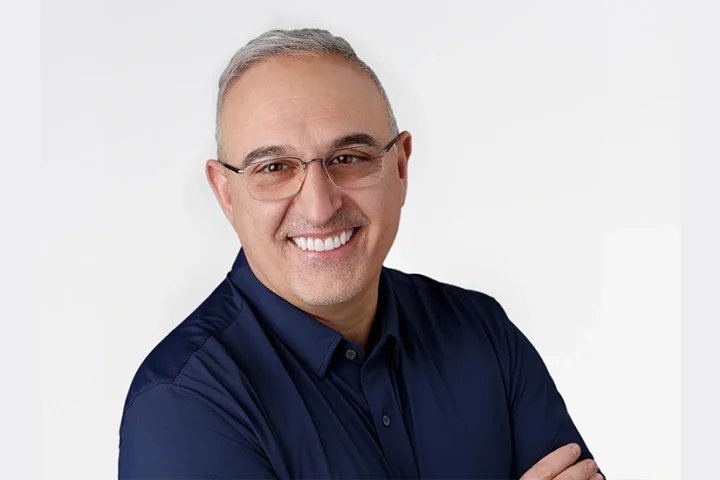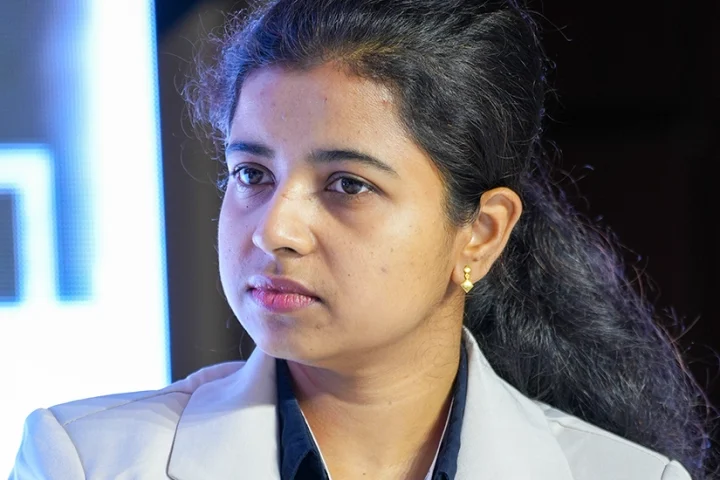Tell us in brief about your role as CIO/IT Head at Interserve Middle East.
I am currently responsible for the Regional IT Operations for Interserve Middle East. My responsibilities cover the IT infrastructure, IT Security, Service delivery and IT Operational effectiveness for Interserve in the region. I co-ordinate my efforts with various companies (subsidiaries and some of the associates) and their IT teams to enhance the IT Operations, Service Delivery and establish good IT governance practices covering User policies and Business Continuity. Of course, all this needs to be done with a keen eye on the IT Spend across the region and replacing outdated technology and design processes to better optimize the costs.
What are your business models and how has digitization played a key role in your organization?
Our businesses are focussed in the area of Construction, Oil and Gas, Fabrication and Maintenance Services. We also operate a FM team collaborating with our associates to deliver FM services to some of the key customers in the region. Our digitization efforts are still in their infancy and we are exploring areas where these can be adopted to bring better productivity within the workshop floor and deliver effectively on the customer promise.
What kind of technology trends do you anticipate in 2018 for your organization?
In the year 2018, we are looking to continue to migrate most of our critical systems into the cloud. This would be a mix of private and public cloud. However, as each company does have the independence to adopt the most optimum solution that meets their individual company needs, these solutions would be a mix of options. The adoption of IoT in our FM services will continue and allow us to enhance our Maintenance efficiencies.
What is your 2018 resolution and what goals do you have for your organization?
My resolution is to set the direction within the companies for adoption of more efficient use of technology within the business. Over the last year we have identified key areas where fundamental changes need to be made to improve the IT Operations and Service Delivery framework. In the coming year we wish to consolidate and reduce our IT costs and set the stage for ongoing automation across the various business streams.
How are you aligning your business with IT? And how has it helped you in optimizing your cost?
While there is substantial focus on IT and the associated costs, very little focus is on the value that IT generates for the businesses today. IT is considered a necessity without real focus on productivity improvements and value in terms of time, cost of human effort which is not measured. We are trying to capture these values by associating downtime and issues with the productivity, cost of the process or employees. In addition to this we are also focusing on the cost savings that can be achieved from infrastructure optimization or migration to cloud and other apps that can help achieve better IT costs.
Smart buildings utilize IoT and other supporting technologies to provide enhanced facility management as well as improved safety, comfort, security, and productivity for workers. How or what are your plans on implementing this?
Our FM division is currently focusing on the use of sensors and later with IoT devices. We are currently exploring these and would be looking to deploy these over different areas of business. These devices would help us to proactively address maintenance issues in a faster and more effective manner. These devices would also help ease user experience, reduce costs in the long run. However, as we are in a nascent state of adopting this technology we hope to see better outputs in the coming year.


